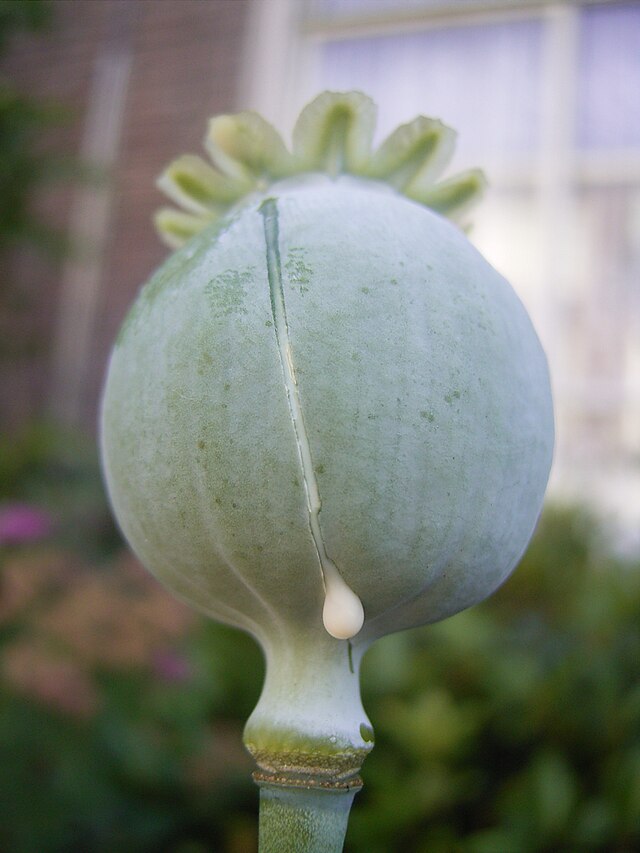Top Qs
Timeline
Chat
Perspective
Laudanosine
Chemical compound From Wikipedia, the free encyclopedia
Remove ads
Laudanosine or N-methyltetrahydropapaverine is a recognized metabolite[1] of atracurium and cisatracurium. Laudanosine decreases the seizure threshold, and thus it can induce seizures if present at sufficient threshold concentrations; however such concentrations are unlikely to be produced consequent to chemodegradable metabolism of clinically administered doses of cisatracurium or atracurium.

Laudanosine also occurs naturally in minute amounts (0.1%) in opium, from which it was first isolated in 1871.[2] Partial dehydrogenation of laudanosine will lead to papaverine, the alkaloid found in the opium poppy plant (Papaver somniferum).
Laudanosine is a benzyltetrahydroisoquinoline alkaloid. It has been shown to interact with GABA receptors, glycine receptors, opioid receptors, and nicotinic acetylcholine receptors,[1][3][4] but not benzodiazepine or muscarinic receptors, which are also involved in epilepsy and other types of seizures.[5]
Remove ads
References
Wikiwand - on
Seamless Wikipedia browsing. On steroids.
Remove ads


